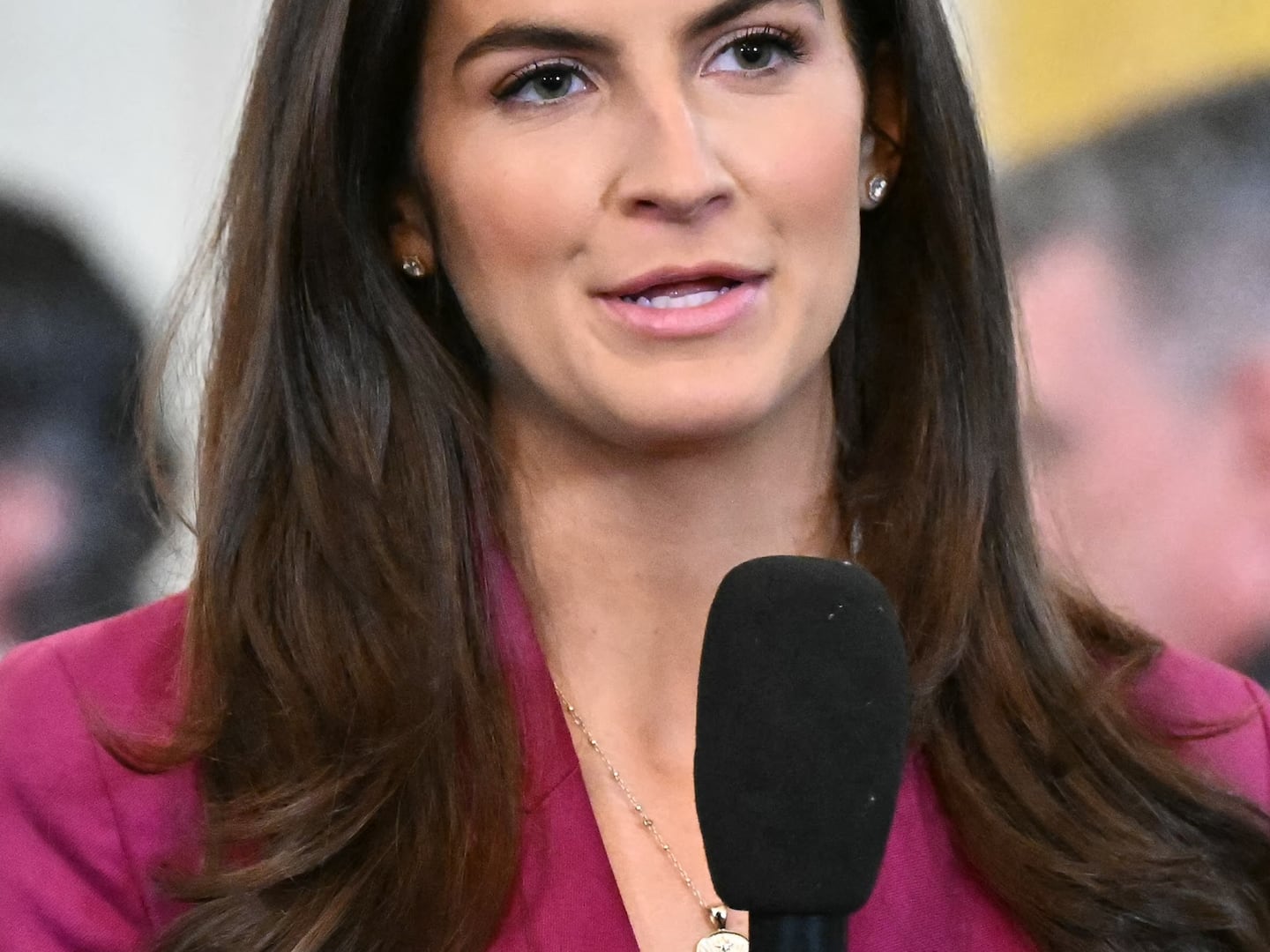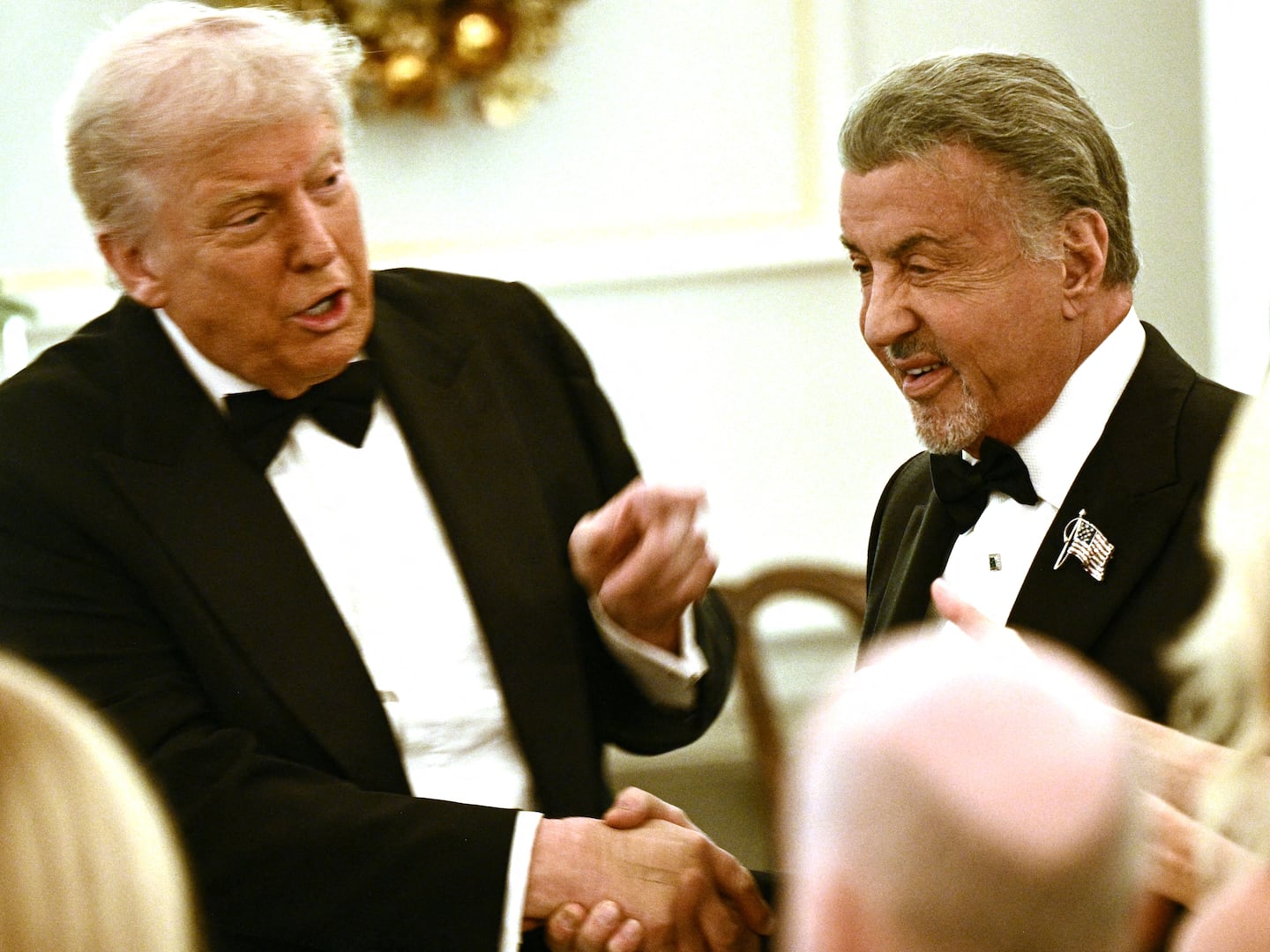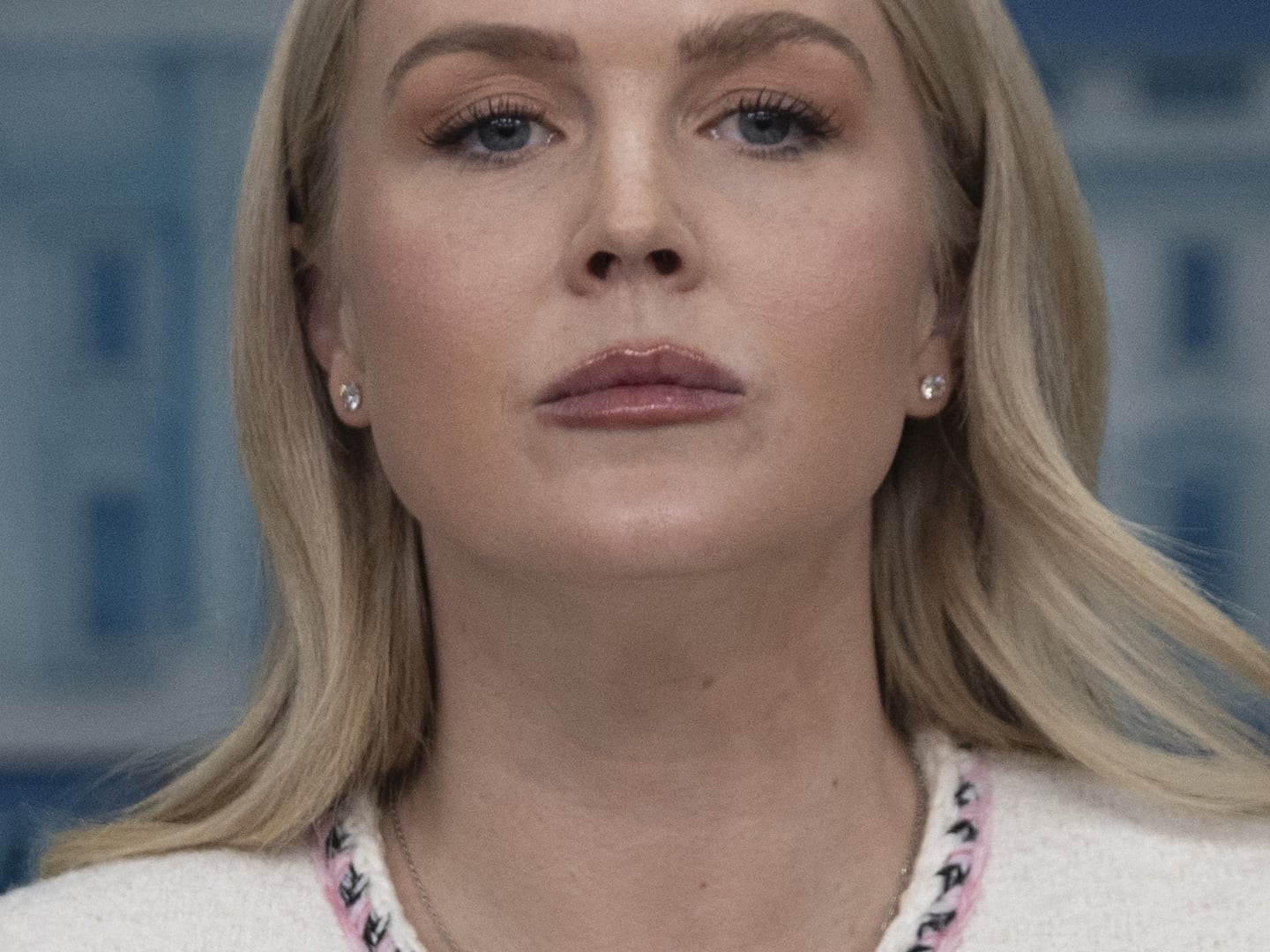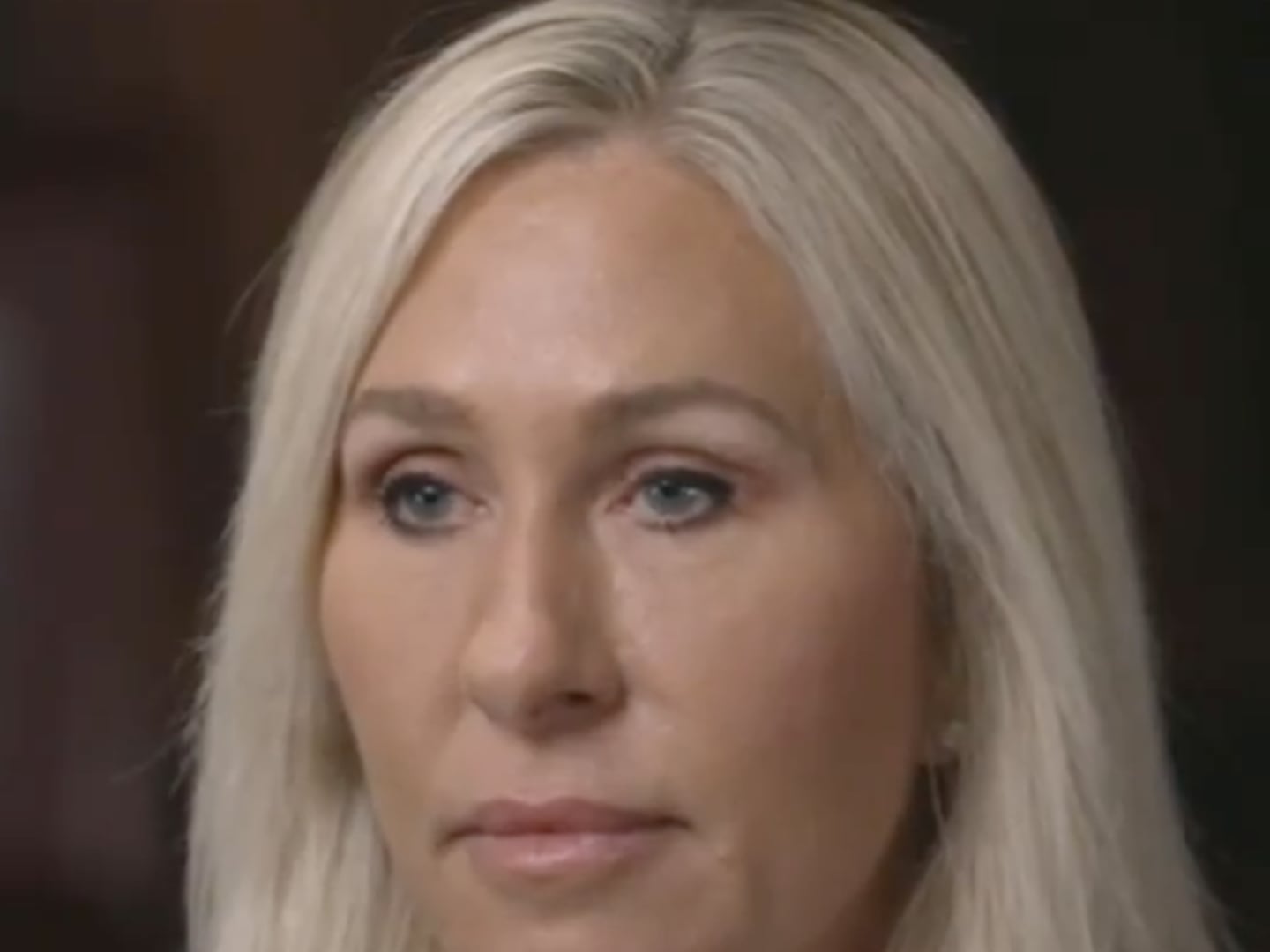
Around the time that the Victoria and Albert Museum in London staged its landmark exhibition, “Fashion: An Anthology by Cecil Beaton” in 1971, Vogue shocked the public by publishing models sporting some of the same dresses displayed in the controversial show.
According to Judith Clark, a London-based curator with a reputation for an unconventional approach to exhibiting, it was the first time that a fashion exhibition was so current in Britain that it featured dresses seen in the latest edition of the magazine. It was the choice to highlight the work of Beaton—an eccentric English fashion, wartime, and portrait photographer—and allow him to curate the show himself that made for this seminal exhibition, back before retrospectives of Alexander McQueen or David Bowie were considered cool or relevant.
Clark, who ran an experimental fashion gallery in London (to which Alexander McQueen used to bike dresses) and has worked at the V&A, and her London College of Fashion co-lecturer, Amy de La Haye, have chosen to document this significant occasion in an upcoming book, Exhibiting Fashion: Before and After 1971 (published in March by Yale University Press).
“We are taking this as a speculative Watergate and turning point for the sake of argument,” Clark said over lunch in London last month. “The exhibition broadened the brief. Museums needed to embrace a different type of object—fashion—and question its validity.”
After this momentous occasion, museums began taking an interest in modern and contemporary collections. Prior to 1971, curating pioneers like Doris Langley Moore (1902—1989) and Anne Buck (1910—2005), “did much to establish the discipline that has recently become so popular” the duo writes of the history of fashion exhibitions. In recent years, particularly, the popularity of these shows have become evident, resulting in some of the biggest box office returns for institutions like the V&A and the Metropolitan Museum from shows on Bowie and McQueen, respectively.
Beaton’s show was only the second exhibition on modern dress at the V&A, following the museum’s 1946 show “Britain Can Make It,” which was created after a tussle with the Brooklyn Museum over British wartime utility clothing. The V&A’s acquisition of the utility pieces marked the beginning of its fashion collection. Things expanded when Beaton suggested in 1969 that the museum begin collecting contemporary dress. And with that, the monumental exhibit was born.
“Even though the exhibition spanned a century there was a focus on contemporary dress,” Clark said. “Beaton knew a lot of the socialites that collected couture. He would ask his friends and the aristocracy to donate pieces. The V&A has never acquired so many pieces of couture. There was a rush on giving pieces, and the deal was that they then had to donate them to the museum.”
This idea of doing something contemporary and fashionable was very new. “The museum world was uneasy with garments that were so recent,” Clark said. “They were uneasy with how to style them. The exhibition was experimental and with anything experimental, you do not know what the outcome will be.”
Beaton took a new approach in several ways, displaying the clothing on “contemporary, shop-window mannequins” and dividing the exhibition into twelve sections: Royalty, 1920s, 1930s, Schiaparelli & Surrealism in the 1930s, 1950s, Mainbocher, Dior, Givenchy, Balenciaga, English Contemporary, Space Age, and Miscellaneous. He also used window dressers from stores, which helped introduce a retail aspect to a fashion exhibition for the first time. “It was controversial at the time,” Clark explained, “but it also makes it so contemporary.”
“It was a dramatic show. It was designed in a dramatic way,” Clark said. Exhibitions of dress were not full of drama. It shifted a priority from one of presentation and representation in terms of material culture to something that had a very dynamic dialogue with fashion and a kind of fashion that was alive. It was very disparate. Some sections were based on designers. It was prescient of what was to come. These are themes and designers that will then be revisited endlessly by curators. It planted a seed.”
Clark and De La Haye’s book is centered around many photographs from the exhibition that have never been published, as well as case studies on museum collections. True to her unusual approach towards exhibiting, Clark invites the reader see exhibitions in a new light.
“I start to describe the exhibition from 28 points of view,” she said. “It is 28 re-descriptions of the exhibition looking at many aspects. One might be numbers. I describe literally the tiny Perspex numbers. The importance of those is not only a design decision but it is also a clue to a much more grandiose project than the exhibition represents. It invites the reader to look at the exhibition from different perspectives.”
Yet beyond an examination of Beaton’s exhibit and the historical foundation it created for later fashion retrospectives, Clark considers her book to be “an act of detective work.”
“It started with a conversation between ourselves, and we decided that even though it had been referred to a lot, it has never been the subject of a book, and a lot of the imagery has never been published before. There are a lot of things that people do now that are recognizable within that exhibition. A lot of things that are often criticisms that are leveled today at exhibitions, you can find there. I don’t think it was criticized then, which speaks to the validity of those decisions.”






